Growth in E-commerce
The rapid expansion of e-commerce is significantly influencing the PE Coated Sack Kraft Paper Market. As online shopping continues to gain traction, the demand for reliable and sustainable packaging solutions is on the rise. PE coated sack kraft paper is increasingly utilized for shipping and packaging products due to its strength and protective qualities. Recent statistics reveal that e-commerce sales have surged by over 20% in the past year, leading to a corresponding increase in the need for effective packaging materials. This trend suggests that the PE Coated Sack Kraft Paper Market could see substantial growth as businesses seek to enhance their packaging strategies to accommodate the growing volume of online orders. The versatility of PE coated sack kraft paper makes it an attractive option for e-commerce companies aiming to balance durability with sustainability.
Sustainability Initiatives
The increasing emphasis on sustainability appears to be a pivotal driver for the PE Coated Sack Kraft Paper Market. As consumers and businesses alike prioritize eco-friendly packaging solutions, the demand for PE coated sack kraft paper is likely to rise. This material, being recyclable and biodegradable, aligns well with the growing trend towards sustainable practices. In recent years, the market has witnessed a surge in companies adopting sustainable packaging, with a reported increase of approximately 15% in demand for eco-friendly materials. This shift not only caters to consumer preferences but also helps companies meet regulatory requirements aimed at reducing plastic waste. Consequently, the PE Coated Sack Kraft Paper Market is positioned to benefit from this sustainability movement, as more industries seek to replace traditional plastic packaging with environmentally responsible alternatives.
Rising Demand in Food Packaging
The food packaging sector is experiencing a notable increase in demand for PE coated sack kraft paper, which serves as a crucial driver for the PE Coated Sack Kraft Paper Market. This material is particularly favored for its moisture resistance and durability, making it ideal for packaging various food products. Recent data indicates that the food packaging segment accounts for nearly 40% of the total market share in the PE Coated Sack Kraft Paper Market. As consumers become more health-conscious and seek safe packaging options, manufacturers are increasingly turning to PE coated sack kraft paper to ensure product integrity. This trend is expected to continue, with projections suggesting a compound annual growth rate of around 5% in the food packaging sector, further solidifying the role of PE coated sack kraft paper in meeting the evolving needs of the food industry.
Technological Innovations in Production
Technological advancements in the production of PE coated sack kraft paper are likely to play a crucial role in shaping the PE Coated Sack Kraft Paper Market. Innovations in manufacturing processes, such as improved coating techniques and enhanced material formulations, are enabling producers to create more efficient and high-quality products. These advancements not only enhance the performance characteristics of PE coated sack kraft paper but also reduce production costs, making it a more attractive option for manufacturers. Recent developments suggest that the integration of automation and smart technologies in production lines could lead to a reduction in waste and increased output. As a result, the PE Coated Sack Kraft Paper Market may experience a boost in competitiveness, as companies leverage these technological innovations to meet the growing demand for sustainable packaging solutions.
Regulatory Support for Eco-friendly Materials
Regulatory frameworks promoting the use of eco-friendly materials are emerging as a significant driver for the PE Coated Sack Kraft Paper Market. Governments worldwide are implementing policies aimed at reducing plastic usage and encouraging the adoption of sustainable packaging solutions. These regulations often incentivize businesses to transition towards materials like PE coated sack kraft paper, which are more environmentally friendly. For instance, recent legislation in several regions mandates the reduction of single-use plastics, thereby creating a favorable environment for the growth of the PE Coated Sack Kraft Paper Market. This regulatory support not only enhances market opportunities but also encourages innovation in sustainable packaging solutions, as companies strive to comply with new standards while meeting consumer expectations for environmentally responsible products.


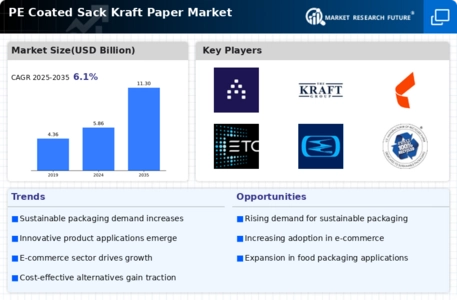
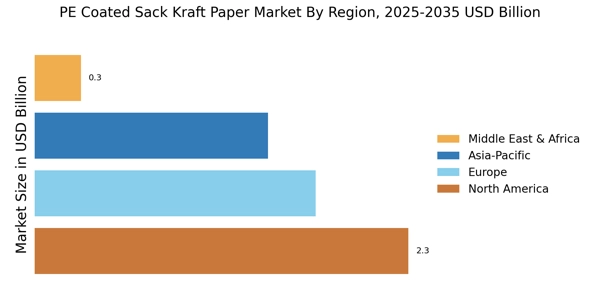
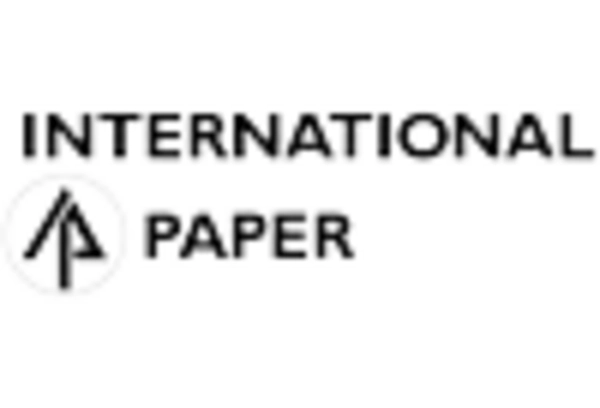

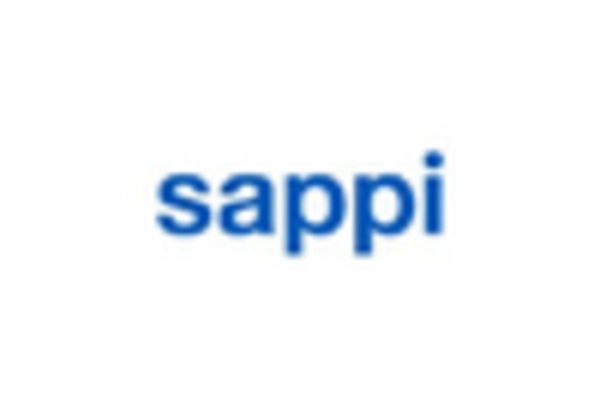
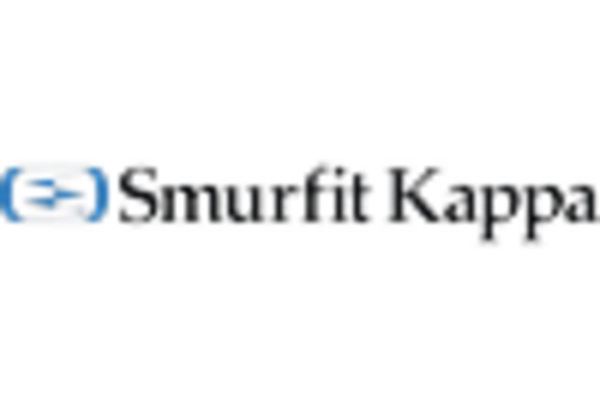
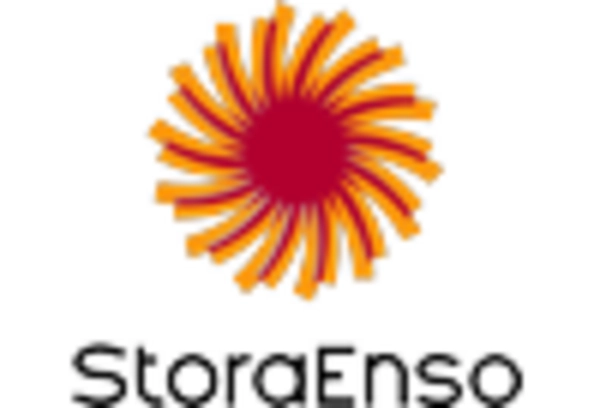
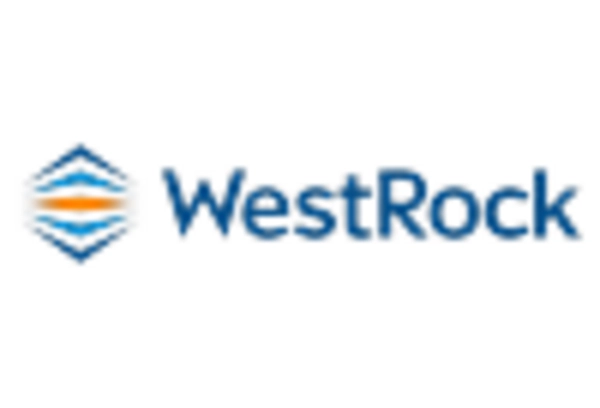








Leave a Comment